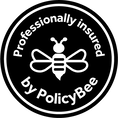|
Your editing website is your shop front. It’s the one online space you control – your land – and so it must work hard for you. Here are 3 things you can do quickly to make it function better.
In this post, I’ll show you 3 things you can do quickly to improve the way a visitor experiences every web page on your site. We’ll look at the following:
> Navigation buttons > Paragraph headings > Short paragraphs Navigation buttons
Being able to navigate a site is key to a good user experience. Buttons signal the delivery of a promise: learn this, go there, download that.
Imagine you’re in a huge, multi-storey department store. Buttons are like the floor plan near the escalator that tells you what’s where. Make buttons consistent Check that your buttons are a consistent colour. That way you’re training visitors to understand that there’s something at the end of the click. A contrasting hover colour signals that the button is active, that it can be engaged with. Help people find stuff! Don’t assume your visitors know where to go, or that they’ll go where you want them to go. Check every page on your website. Can you add buttons that will make your visitor’s journey easier and that tell them what you'd like them to do? People are busy and might not have time to trawl through text. Buttons stand out, which means they’re scannable. Use them to help the visitor: > Get to another page > Get to another section on the same page > Access a resource > Get in touch with you Include a meaningful call to action A button that’s easy to spot is half the job done. The other half is about meaningful messaging. GO HERE, EMAIL ME, CLICK HERE, GET IN TOUCH aren’t always the best signals for a roving eye, particularly on longer pages with multiple purposes. Experiment with calls to action that chime with the delivery of a promise I mentioned above. For example: TAKE ME TO THE LIBRARY, TELL ME MORE ABOUT YOUR SERVICES. Paragraph headings
Let’s return to our department store. We’ve found the right floor. Now we need to locate the items. H2 headings are the signs hanging above each aisle that say: This is what you’ll find here.
H2 headings are superb visual indicators because they’re scannable. Check every page on your website. If there are paragraphs that introduce new information but there’s no summary, add an H2 heading. Make your headings relevant Busy visitors who are scanning a web page for clues to how it can help them need indications that they’re in the right place. Headings should be relevant to the text they’re sitting on top of. They should tell the reader exactly why it’s worth investing time in reading the paragraph. Don’t assume your busy visitor has a sense of humour! A witty paragraph heading that doesn’t stand alone and explain what’s in the text below it is of no use. Boring trumps funny every day of the week! Offer solutions or ask questions To solve the boring problem, create headings that signal specific solutions or ask questions that are likely to match a visitor’s query. Compare the heading The time frame with How long will editing take? The former requires the visitor to ask themselves: What time frame? The latter pre-empts the question. Solutions and questions will bring the scanning to a halt. That’s where engagement begins. Now you’ve got their attention. Short paragraphs
Back to the department store. If the buttons are like the floor plan, and the headings are the aisle signs, then short paragraphs on our web pages are like neatly arranged shelves.
Visitors are more likely to engage with what’s on those shelves when there’s space between each item. The alternative is rummaging. Busy people want to get their information fast. Short paragraphs help them do that. They’re also far more visually appealing. Are people accessing your website via mobile? If walls of text are off-putting on a desktop, they’re impenetrable on a phone. Do you know how many of your website’s visitors are accessing your site via mobile devices? Google Analytics is free and will give you this information. I can tell you that a third of my visitors use a tablet or phone. A third! I can also tell you that my mobile engagement has doubled in percentage terms since 2013. Offering a good user experience therefore means attending to mobile users' needs. With that in mind, do all of your visitors a favour and break up text into visually digestible blocks of no more than 3–4 lines on each of your web pages. It’s one of the fastest and easiest design improvements to implement! Summing up
Review the buttons, headings and paragraph length on every page of your website.
Each fix can be implemented in under 24 hours, and none require technical know-how. More important is the impact on your visitors. The better their experience, the more they’re likely to stick around. That means you’re serving them and your business! More resources
By the time you're done, you'll know how to build an effective web presence!
And take a look at these freebies: > Library of resources for editors > How to minimize cancellations and non-payment for editing services > How to create an amazing portfolio > 8 reasons to create a learning centre
Louise Harnby is a line editor, copyeditor and proofreader who specializes in working with crime, mystery, suspense and thriller writers.
She is an Advanced Professional Member of the Chartered Institute of Editing and Proofreading (CIEP), a member of ACES, a Partner Member of The Alliance of Independent Authors (ALLi), and co-hosts The Editing Podcast. FIND OUT MORE > Get in touch: Louise Harnby | Fiction Editor & Proofreader > Connect: Twitter at @LouiseHarnby, Facebook and LinkedIn > Learn: Books and courses > Discover: Resources for authors and editors
0 Comments
If engagement with your editing or proofreading blog is stagnant, spruce up your posts with these 4 fixes.
What’s covered
Here's what this post covers:
You’re not solving problems
Blog posts that offer solutions to problems are about the reader. Blog posts about your journey, your opinions, your experiences are about you.
It’s your blog and you can put on it whatever you want. Just bear in mind that problem-solving content will always do better in the long-term. Here’s what I’ve typed into Google in the past two hours:
Those are all problem-based queries. I was searching for solutions. Do I read opinion and experience pieces? Sure, now and then if they’re written by people I know, trust, like and am interested in. But mostly I search for solutions to problems. THE FIX If you’re blog engagement is stagnant, take a look at the content and think about whether you can shift the focus away from yourself and onto your reader. You’re not solving the right problems
Perhaps you are solving problems but they’re not the ones your target audience is interested in.
For instance, you might have some articles that help new editors decide which training course to take, or which online networking groups to join, or which conferences to attend. Those are great if you have training, coaching and business development products and services in your business portfolio because they help target readers get to know you and trust you. There’s even a little SEO juice in the editorial key words and phrases you’re using. However, if ultimately you want to be found by, earn the trust of, and sell editing services to a a writing client, it’s their problems you need to solve. THE FIX Consider who you want to sell to. It is editing and proofreading services to clients? If so, make a list of the 20 problems you come across most often when you’re working on editorial projects. The analysis of and solutions to those 20 problems are the basis for 20 blogs posts. If the issues are complex, break your 20 posts into 40 or 60 smaller chunks. Niche topics are accessible to your readers, but also offer you a more manageable writing schedule. Plus, while niche problems are less likely to be searched for, when they are searched for they’re more likely to be found because there's less competitive content. You’re solving the right problems but not signalling why your post is relevant
If you’re solving niche problems for your ideal reader, but your posts aren’t ranking, take a look at your signalling.
Google has no sense of humour – funny titles and headings without key words and phrases that tell the search engines how your post is relevant to a typed query will be invisible. As for busy people, they're not so different to the search engines in that they scan for relevance too – either in the search-engine results to their query or on your actual post if they’ve clicked through. A boring title that tells the reader exactly how you’ll help them will trump a funny but mysterious one every day of the week. THE FIX Check your H1 titles and H2 paragraph headings. Do they contain relevant key words and phrases? These enable the search engines to identify relevance. Give people scannable H1 and H2 headings that tell them what’s on offer in the paragraphs that follow. If you can combine being witty with being informative, fair play to you. If you have to choose, go for informative! You’re solving the right problems but not sharing your solutions
Readers love solutions. But to love them they have to know they exist.
Well-crafted blogs that solve niche problems for your target audience and are findable in the search engines require that we invest time in our blog, that we commit to it, particularly while we’re building our bank of content. It can take a while to build a bank with enough niche solutions to attract those perfect clients, and a while longer to build enough trust so that they’re not just reading your stuff but hiring your services. And until your blog posts are visible, they’re not working for you. THE FIX There’s no reason why we have to sit back and wait for visitors to find us. Share your blog content, and share it regularly. If you have 20 blog posts already, and the solutions you’ve offered in them are still relevant, they’re ‘evergreen’. Don’t assume that just because you’ve publicized them once on Twitter, Facebook or LinkedIn, you can’t publicize them again. Maybe person X didn’t read your post when you first published it. Maybe they did but forgot about it and would enjoy a refresher. Perhaps they won’t read it again but remember thinking it was useful, so they retweet it or share it. Person Y sees it for the first time and – ta-da! – you have a new reader. Why you might decide to stop writing blog posts
If you don’t want to blog, don’t blog! It’s not everyone’s cup of tea, and it’s certainly not the only way of getting attention. But frame your decision logically.
Perhaps you don’t want to make time for it, or you don’t enjoy it, or you’d prefer to explore different marketing approaches. All of those are informed and acceptable reasons not to start blogging, or to park your blog. But don’t make the decision on the grounds that it makes no difference to how people are engaging with your website. Millions of bloggers from within the editorial community and far beyond know different! If publishing new blog posts doesn’t increase traffic to and engagement with your editing website, that’s not a signal that your blog posts make no difference. It’s a signal that your posts are either invisible or uninteresting. Both are fixable. Wrapping up
An editing or proofreading blog can be a powerful tool that drives people to our websites, shows them what we’re interested in and what we know about, and helps them trust us. Those who trust us are more likely to buy from us.
Effective blog posts – ones that generate long-term traffic and engagement – solve problems, have relevant and scannable titles and headings, and are visible beyond the search engines because we’ve shared them with our audiences. If your blogging isn’t working, fix the process before blaming the methodology! More resources
Louise Harnby is a line editor, copyeditor and proofreader who specializes in working with crime, mystery, suspense and thriller writers.
She is an Advanced Professional Member of the Chartered Institute of Editing and Proofreading (CIEP), a member of ACES, a Partner Member of The Alliance of Independent Authors (ALLi), and co-hosts The Editing Podcast. FIND OUT MORE > Get in touch: Louise Harnby | Fiction Editor & Proofreader > Connect: Twitter at @LouiseHarnby, Facebook and LinkedIn > Learn: Books and courses > Discover: Resources for authors and editors |
BLOG ALERTSIf you'd like me to email you when a new blog post is available, sign up for blog alerts!
TESTIMONIALSDare Rogers'Louise uses her expertise to hone a story until it's razor sharp, while still allowing the author’s voice to remain dominant.'Jeff Carson'I wholeheartedly recommend her services ... Just don’t hire her when I need her.'J B Turner'Sincere thanks for a beautiful and elegant piece of work. First class.'Ayshe Gemedzhy'What makes her stand out and shine is her ability to immerse herself in your story.'Salt Publishing'A million thanks – your mark-up is perfect, as always.'CATEGORIES
All
ARCHIVES
July 2024
|
|
|
|


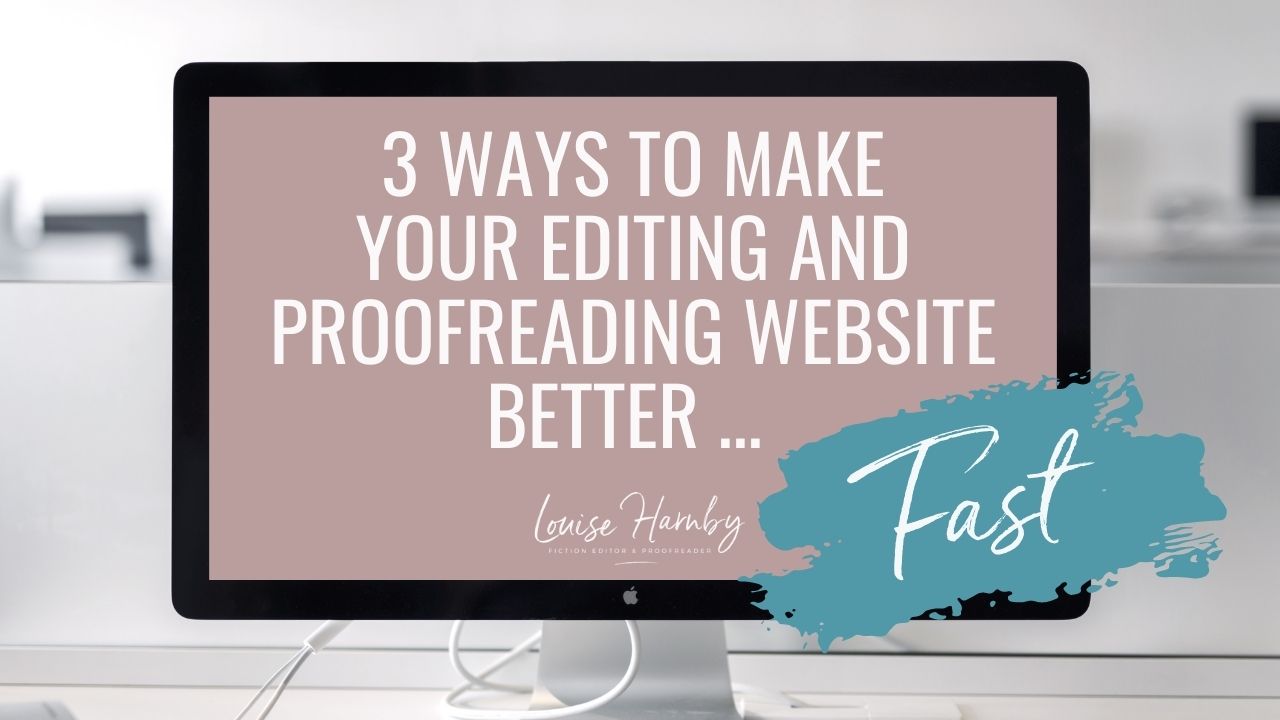
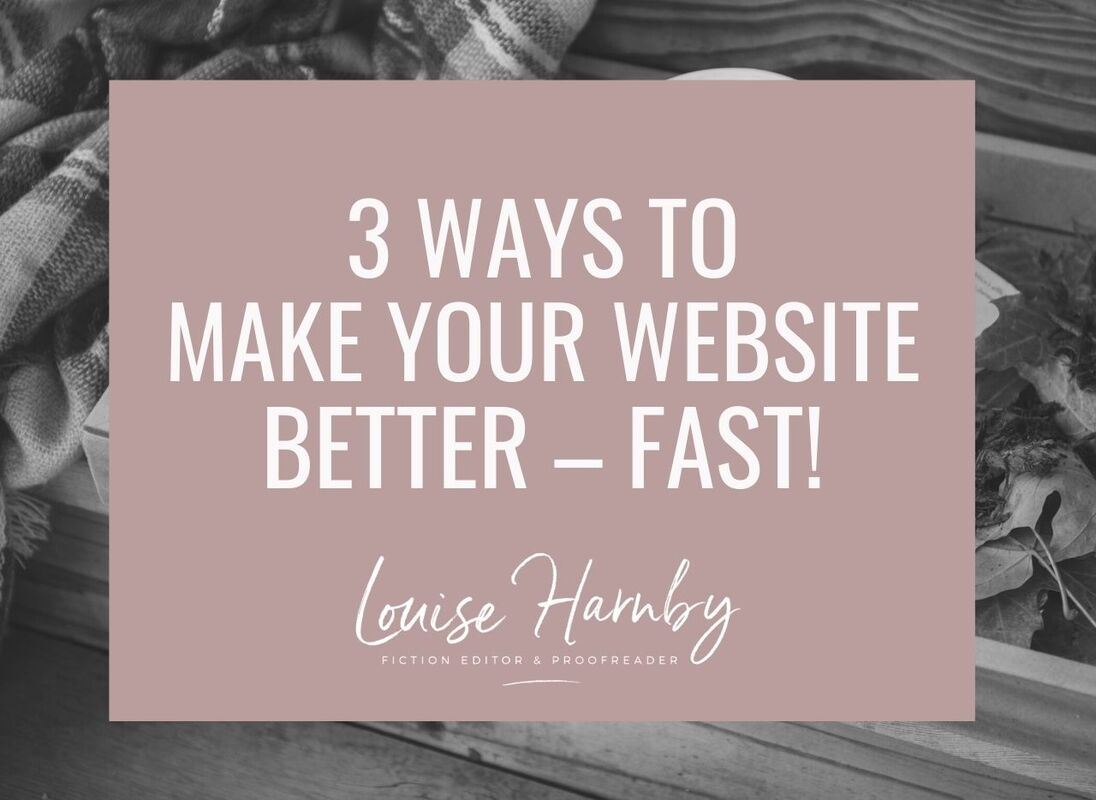
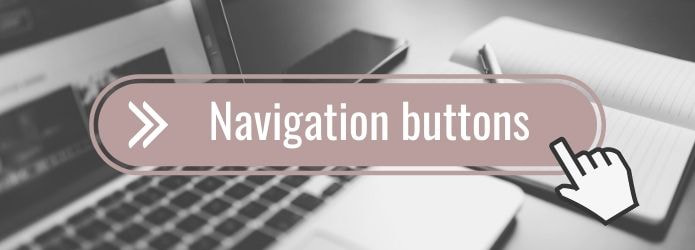

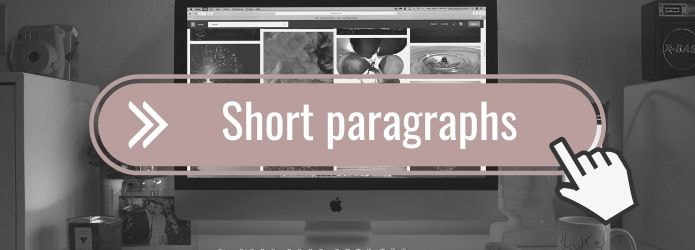
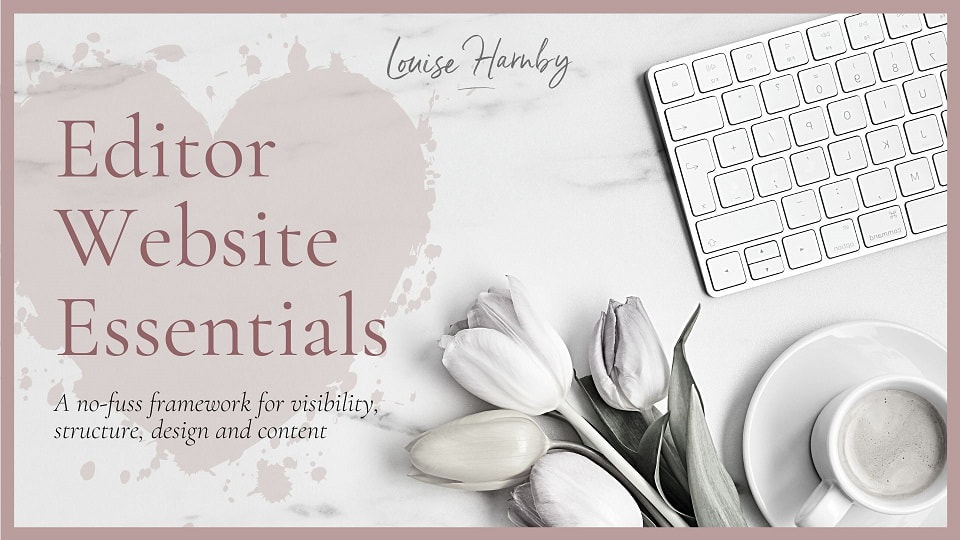
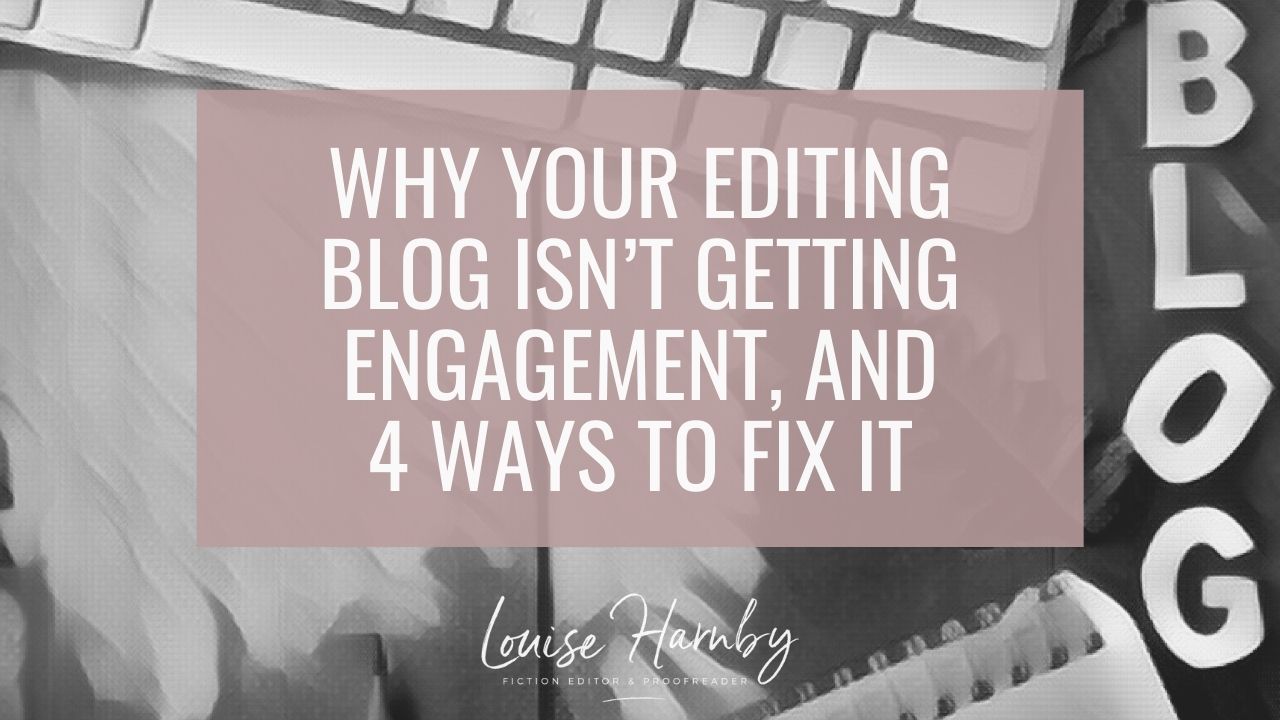
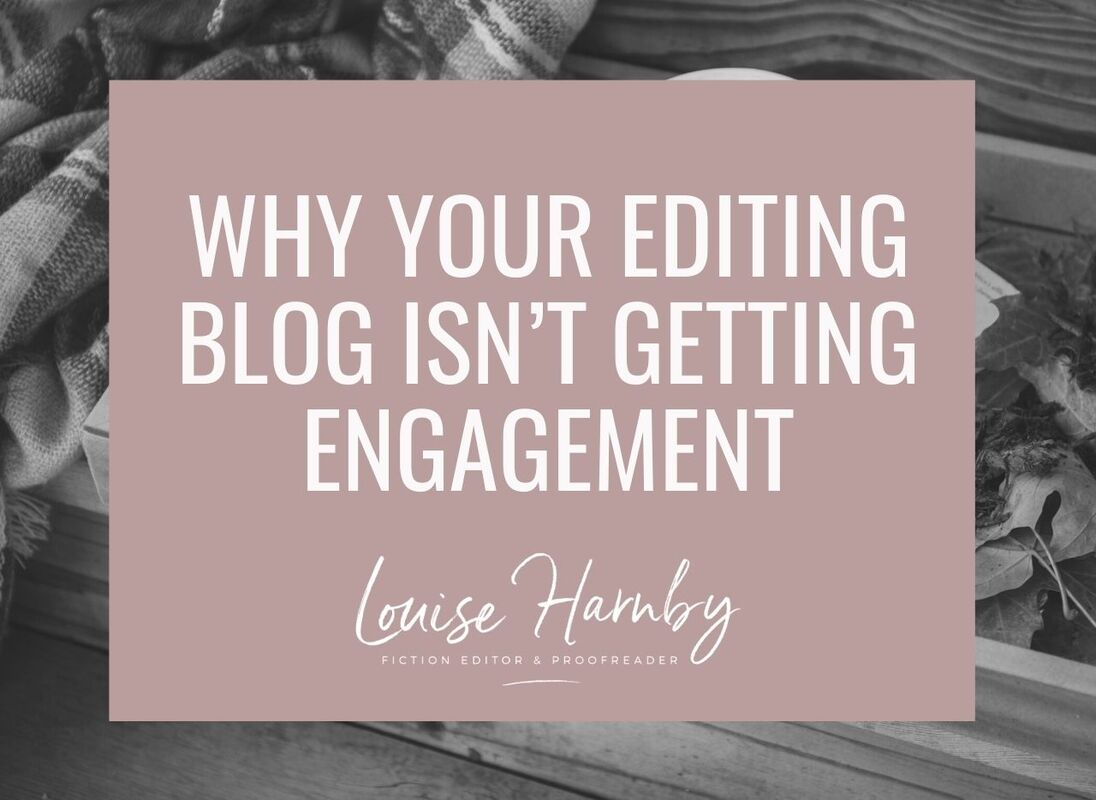





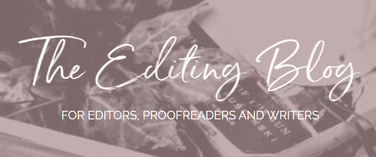

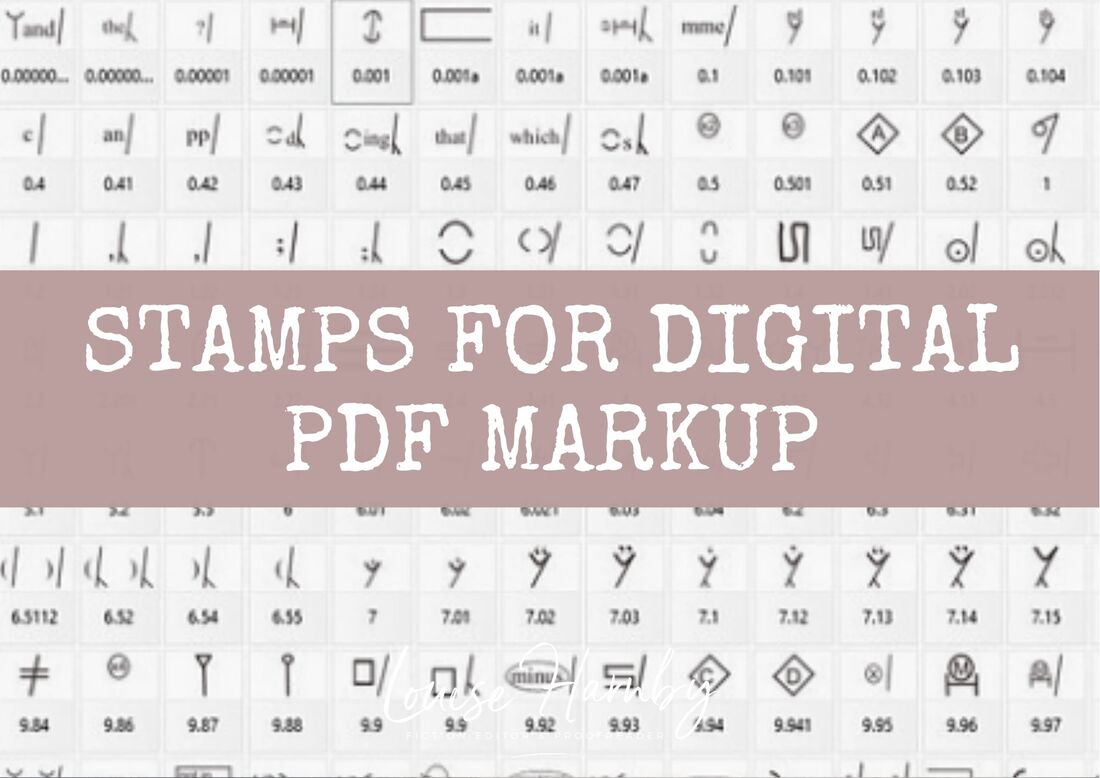
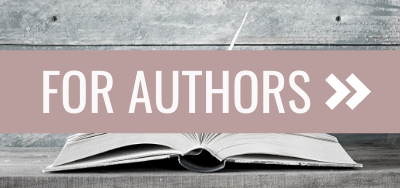

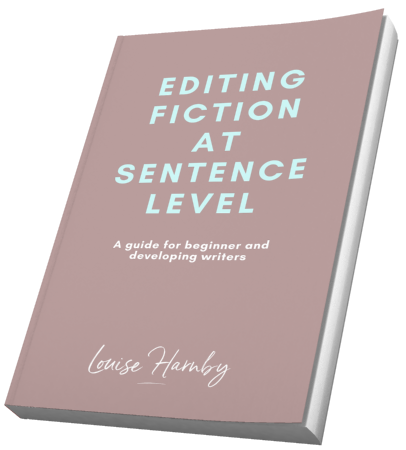
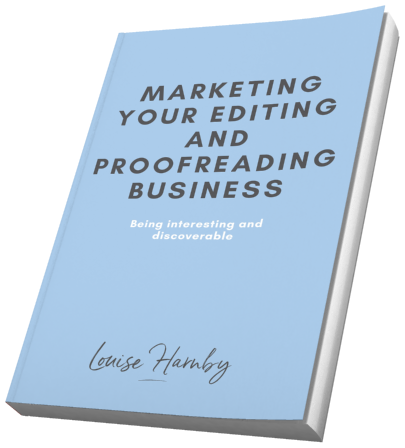
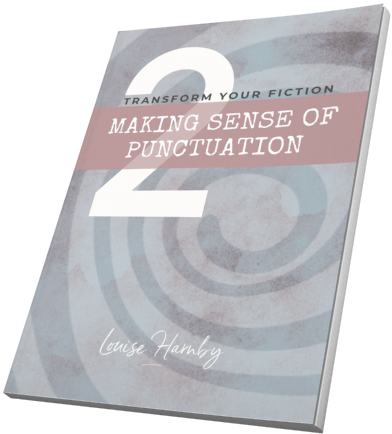
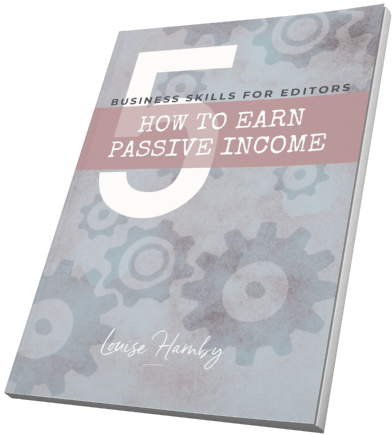
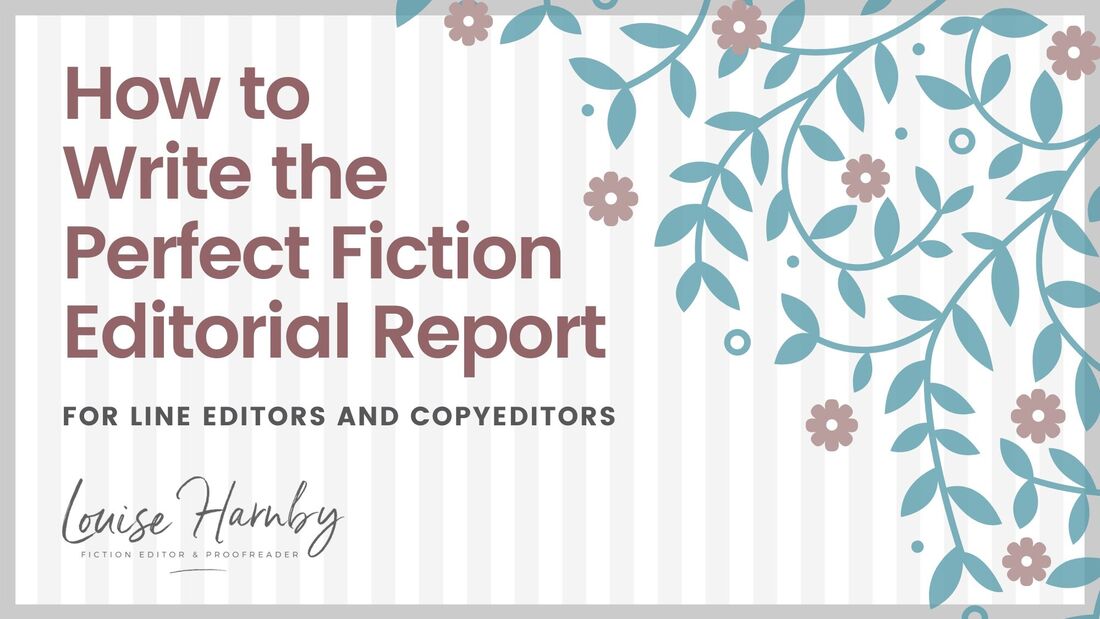
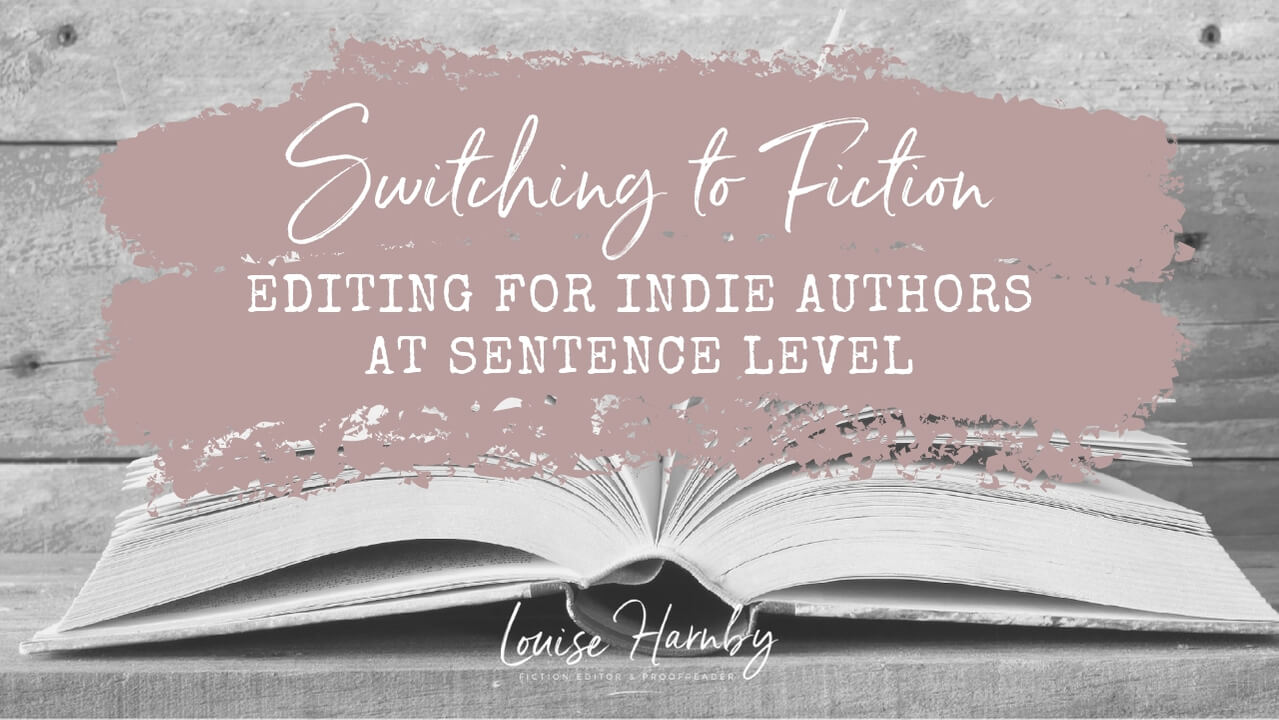
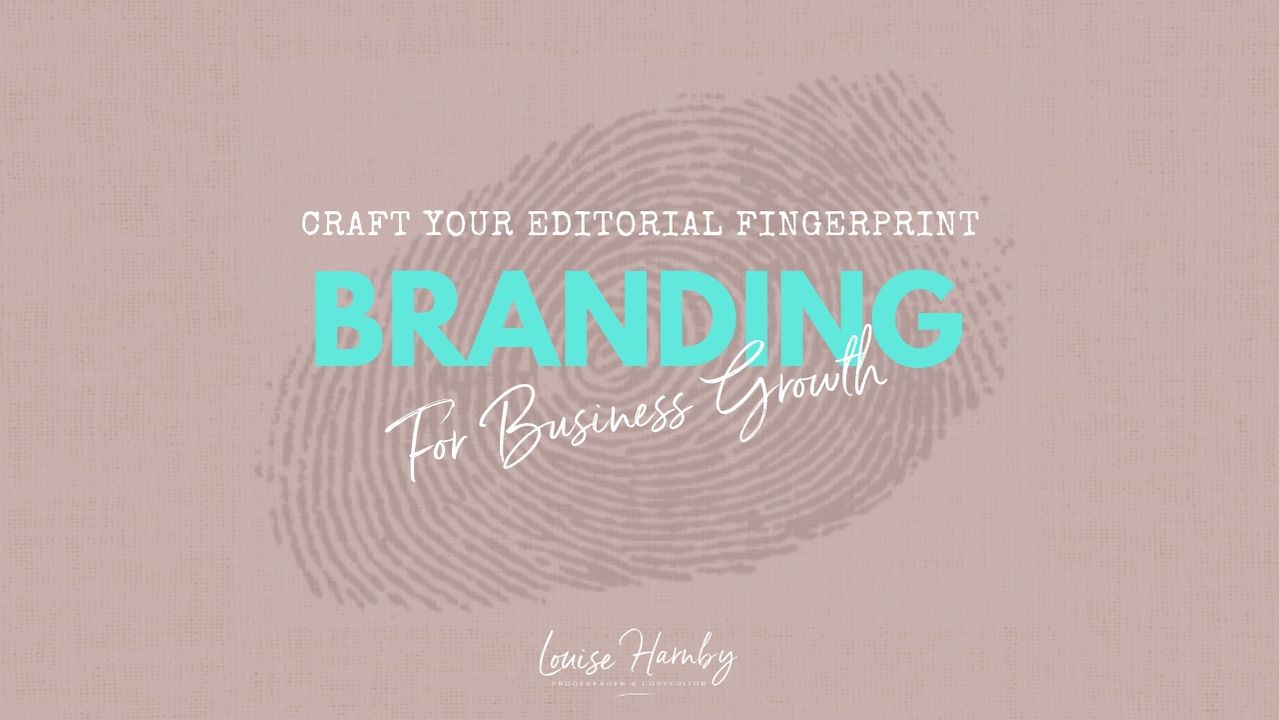
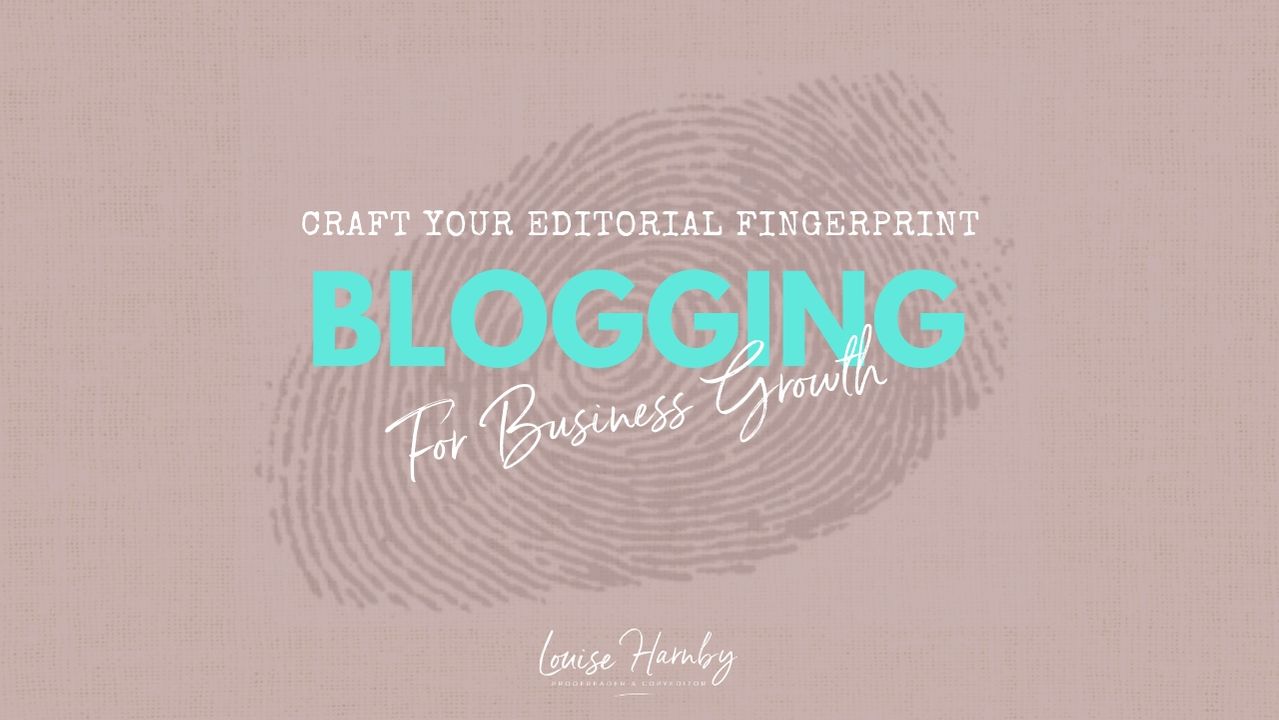
 RSS Feed
RSS Feed


